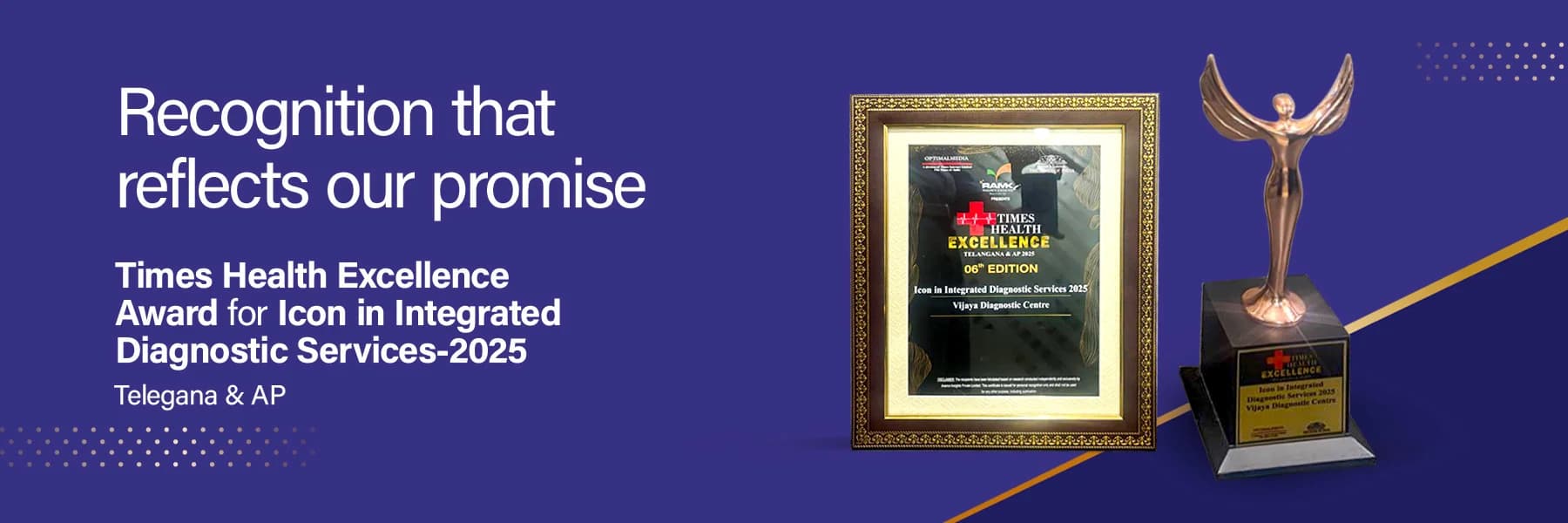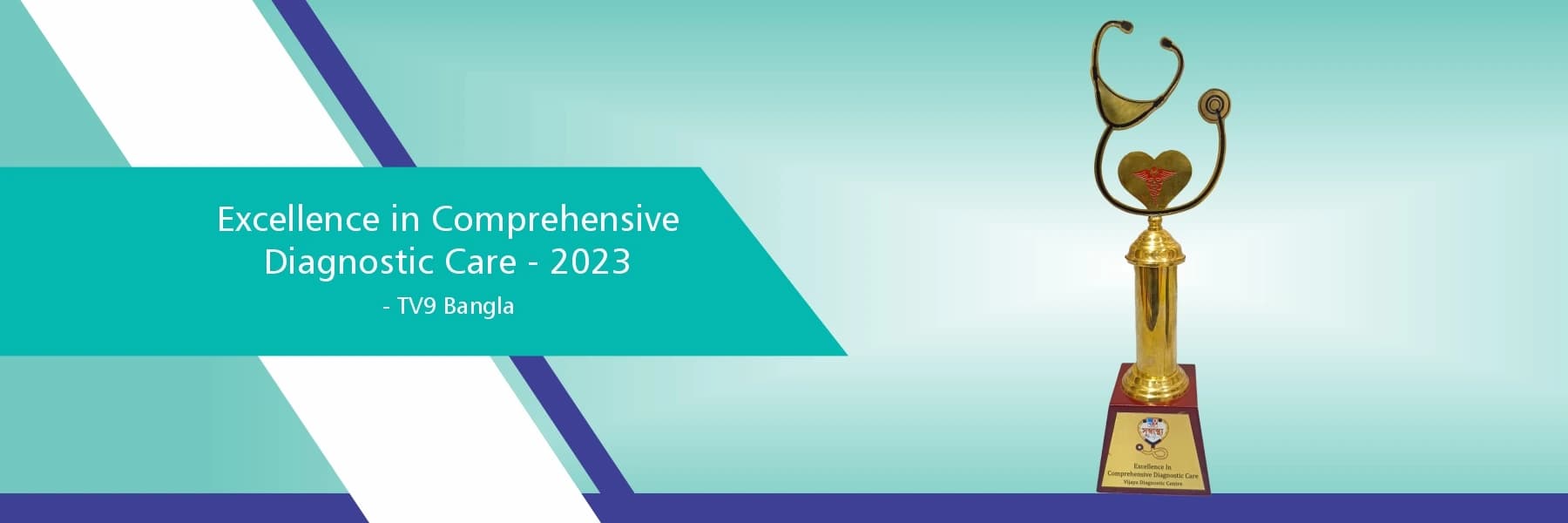Understanding X-rays and their Significance in Diagnostics
X-rays also commonly referred to as radiography are a medical imaging technique used to visualise and capture internal body structures on a film. X-rays employ small and safe doses of ionising radiation to produce the images of bones, teeth and other internal structures in our body. While X-rays are commonly used for examining teeth, bones and joints, they can also be used for diagnosing conditions such as arthritis and abnormalities in the abdomen, lungs, heart, breasts and other areas like the digestive system and urinary tract.
How does an X-ray work?
An X-ray machine produces electromagnetic radiation which is focused on a targeted area in the body. The emitted ionising radiation passes through most soft tissues within the body but is absorbed to varying degrees by denser structures such as bones, joints, and teeth.
The output is a shadow-like image called a radiograph, captured by a special detector or on a film. The x-ray captures the internal arrangement of bones, vital organs and other dense tissues. Bones and joints appear white in X-rays as they block radiation while muscles, fluids and fats may appear grey in colour as some radiation passes through them. Fractures and injuries may appear black as radiation would pass through it completely. This enables radiologists or doctors to visualise internal structures of your body and look for abnormalities, injuries and fractures.
Why are X-Rays Performed?
X-rays may be ordered by your doctor usually to:
- look for injuries and fractures or examine an area where you are experiencing pain or discomfort
- Observe and track the progression of a disease such as osteoporosis, bone infections and certain cancers
- Monitor the effectiveness of a particular treatment over time
- Check the placement, position and alignment of wires, screws, plates, leads and tubes after a surgery.
X-rays may also aid in the detection of:
- cavities in your mouth and tooth decay
- bone cancer
- breast cancer
- arthritis
- blocked blood vessels and issues such as an aortic aneurysm
- lung cancer and a collapsed lung
- blockage of the bowel
- bone tumours
- tuberculosis
- pneumonia
- heart problems
- kidney stones
X-rays procedures which involve a contrast medium such as barium can help identify issues in the digestive tract. Additionally, X-rays may also be used effectively to assess bone density and locate & plan the retrieval of foreign objects in your body such as swallowed coins and toys.
What are the types of X-ray studies?
Some of the common types of X-ray studies include:
- Plain X-ray or Plain radiography - traditional X-rays such as Chest X-ray, Bone X-ray, Dental X-rays & abdominal X-rays
- Fluoroscopy - While traditional X-rays show still or static images, fluoroscopy enables visualisation of movement of internal organs and soft tissues such as your intestines. Fluoroscopy is generally used to detect gastrointestinal issues. A contrast dye may be administered intravenously before this X-ray study for generating clearer images.
- CT Scan (Computed Tomography) - CT scans use x-rays to generate a 3D model of internal structures and organs using a series of detailed cross-sectional slices (images). CT scans are used to screen for cancer and detect blood clots, internal bleeding, appendicitis, brain injuries and bowel disorders such as Crohn’s disease & diverticulitis.
- Mammography - A Mammogram is a medical imaging technique primarily used to screen for breast cancer and detect lumps or changes in the breasts. During a mammogram, each breast is placed between plates (one at a time) and gently compressed for clear images. X-rays are then taken from the front & sides to capture detailed images.
- Angiography - A narrow tube is inserted through an artery to the targeted area and a special dye is injected to highlight blood flow on X-ray images. Angiograms can aid in the detection of blockages, congenital heart conditions, vascular injuries and blood supply issues like Peripheral Artery Disease (PAD).
- Arthrogram or Arthrography - a contrast dye is injected directly into the joint in this study and it is used to detect arthritis or other structural changes in the joint
If you're wondering, which is the best diagnostic centre for x-rays near me?, look no further than Vijaya Diagnostics. With 140+ centres across 20 cities, you're sure to find a Vijaya Diagnostics centre near you! Skip the line & avail exclusive discounts by booking an appointment instantly using our app.
What are the potential side effects of an X-Ray?
X-rays are usually pain free and non-invasive. However, you may experience some discomfort if you are diagnostic X-rays for conditions such as fractures or injuries as you may have to hold still in certain positions that may worsen pre-existing pain.
However, there are a few contraindications and X-ray risks if exposed repeatedly.
X-rays also carry a low risk of radiation exposure and increase the likelihood of an individual developing cancer in the future as the radiation is potent enough to cause damage to the DNA. Certain X-ray based procedures such as fluoroscopy and CT scans carry a higher risk since individuals are exposed to a significantly higher intensity of radiation. The risk of developing cancer due to radiation exposure depends on several factors such as the age at exposure, gender, exposure frequency & duration and the part of the body exposed to radiation.
The risk of radiation exposure leading to cancer is higher for older individuals & women. This risk significantly increases with both the frequency and duration of exposure.
Pregnant women are usually discouraged from taking X-rays, especially abdominal X-rays as they could harm the foetal development and lead to congenital issues or cancer when the baby grows up. The risk of radiation exposure depends on the amount of exposure and the gestational age. If pregnant women have to be exposed to X-rays then it is advisable to wear a lead apron to block exposure to scattered radiation.
X-ray procedures which involve contrast dyes carry the risk of individuals developing mild or side effects. Very rarely do individuals experience serious side effects. Barium sulphate contrast dyes are generally safe, but carry an increased risk for individuals with cystic fibrosis, asthma, allergies, severe dehydration, or intestinal issues. Similarly, side effects of X-rays using Iodine contrast are usually mild. They include nausea, itchiness, hives, metallic taste and lightheadedness. These side effects may develop hours or days later.
Some of the rare serious side effects of Iodine contrast include throat swelling, wheezing, shortness of breath, convulsions and cardiac arrest. Please contact your healthcare provider immediately if you experience any of these symptoms or side effects.
Frequently Asked Questions
1. What precautions are taken during an X-ray procedure?
Ans - Trained technicians will ensure that adequate precautions are taken to ensure proper positioning & minimising radiation exposure. Pregnant women are advised to wear a lead apron or collar to protect sensitive areas like the abdomen and thyroid.
2. Are there any risks associated with X-ray imaging?
Ans - X-rays while generally safe, carry a risk of potentially increasing the likelihood of developing cancer with high and repeated exposure. X-rays aren’t advisable for pregnant women unless absolutely necessary as they may hinder foetal growth and lead to congenital diseases and cancer.
Talk to your healthcare provider for more details and refer to the contraindications mentioned above and the side effects related to contrast X-ray studies.
3. How do X-rays differ from other imaging techniques, such as MRI or CT scans?
Ans - MRI uses magnets and radio waves while CT scans and X-rays employ ionising radiation. CT exposes individuals to higher intensity of X-rays. MRIs produce more accurate images while X-Rays are cheaper and faster. X-rays are primarily used to detect fractures and examine dense tissues. They aren’t ideal for visualising soft issues.
4. Can pregnant women undergo X-ray procedures?
Ans - Pregnant women are advised against undergoing X-ray procedures (especially abdominal X-rays) unless absolutely necessary as they may hinder foetal development and lead to congenital issues or cancer later in the baby’s life.
5. How long does it take to get X-ray results?
Ans - Most simple X-rays results would be made available to you in 30 to 60 minutes. However, results for complex X-ray studies that require extensive analysis could take a few days or even up to a week.
Drag & drop your files here, Or
browse files to upload.
.pdf, .jpg & .png formats supported. Upto three files can be uploaded at a time
Frequently Asked Questions (FAQs)
Centre Details & Locations
You can click on the Centre Locator mentioned on the top right bar of our home page website to locate centres in your city. You can also search in Google “Vijaya Diagnostic Centre near to me” to find the nearest centre.
Yes, most of the centres have this facility.
Yes, you can check the operational timing of a branch by selecting the centre you want to visit on our website or Google map of respective centre
Health Checkup & Packages
The validity of a health check package is 30 days from the date of invoice, for more detail to Terms & Condition of use section on our website.
Watch This Video for Detailed Information
Play This Video
Once the validity period is over for your registered package, the package cannot be availed. The amount paid by you during the registration process is non-refundable, non-transferable and gets forfeited if you do not visit the branch within the validity period. The amount paid by you during the registration of the special package cannot be utilized for availing other packages.
No. These are special promotional packages which are available for registration only during the specific campaigns and thus it is important for you to register there during the event/campaign. These are specially designed and discounted packages which are only available during the campaign with specific validity period.
The package once registered, is non-transferable. One has to utilize the package for the registered customer only.
Home Sample Collection
Yes, you can book a Home Sample collection by selecting the desired tests on our website or calling our customer care number at 9240 222 222.
Yes, you can prepone/postpone an appointment by calling our customercare number at 9240 222 222.
Reports
Visit Home page of our website and click on Download reports icon. You need to login with mobile number and OTP. You will see your latest report in PDF format.
No, your reports would not be shared with anybody else other than you.
Tests Information & Instructions
Yes, fasting is recommended before undergoing a blood test.
Watch This Video for Detailed Information
Play This Video
Important Instructions:
- Generally, fasting is required prior to administering IV contrast. Fasting for ~ 4 hours (solid foods) is recommended.
- Kidney function test (serum creatinine) in cases of positive clinical history.
- Review of your medical history to determine that no issues exist preventing you from having a CT scan, such as pregnancy / contrast allergy or reaction (i.e., hives, rash, itching, breathing difficulty).
- A person accompany for IV contrast procedure.
Pre-scan requirements:
- Some CT scans require drinking oral contrast, for approximately 30–60 minutes prior to your scan.
- Some CT scans involve an injection of contrast, for which an IV cannula will be inserted.
Post-scan Requirement:
You will be provided with post-procedure instructions at the centre


























